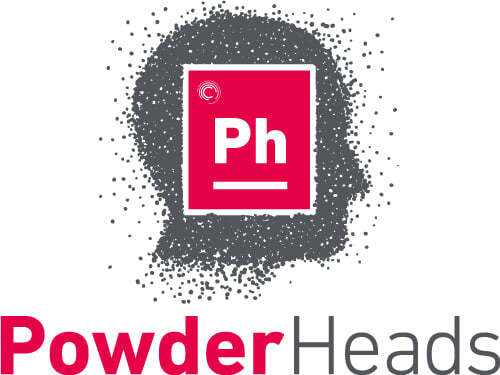SPEE3D is Revolutionizing Metal 3D Printing - PowderHeads Podcast Ep 8
| 3 min read

Carpenter Technology's Director of R&D, Will Herbert, sits down with Byron Kennedy, CEO and Founder of SPEE3D, an organization that enables the most affordable metal additive manufacturing process in the world. They're making metal parts the fastest way possible by leveraging metal cold spray technology to produce industrial quality metal parts in just minutes, rather than days or weeks.
PowderHeads Podcast Ep 8 - Byron Kennedy SPEE3D
In this episode, we cover solar car racing and electric vehicles, 3D printing visions for full-scale manufacturing, and interesting future technologies, including 3D scanning.
Listen to the full podcast here or read through the overview below:
Revolutionizing Metal 3D Printing
Although laser-based metal additive manufacturing (AM) technologies have many applications, the process is too slow and expensive to meet most industrial criteria. Moreover, they're often not reliable enough to support full-scale production.
To solve these challenges, Australia-based SPEE3D has introduced an AM method that doesn't rely on laser technology in the production of metal parts. The company uses a deposition (printing) technology called Cold Spray Additive Manufacturing, in which metal pellet powders are fired at supersonic speed (about 1,000 meters per second.) When the powders hit a surface, they stick to it and create a full-density component.
U.S. military has been using this technology for part repairs, and SPEE3D adapted it to meet manufacturing needs. Instead of reinventing the wheel, SPEE3D created a solution that pairs various robust, proven technologies (e.g., off-the-shelf six-axis robots, pneumatic systems) with innovative software. While the hardware platform is unique, durable, and reliable, it's the software that differentiates the solution from its competitors. In fact, SPEE3D considers itself an industrial software company.
SPEE3D's approach is the opposite of traditional metal 3D printing, in which very sophisticated hardware is paired with relatively simple software. When an upgrade is introduced to such conventional solutions, manufactures often need to purchase new expensive hardware.
On the other hand, SPEE3D's software-driven solution means you simply need to update the software with minimal cost and no disruption to the production process. Manufacturers can keep using the same hardware for years while staying up-to-date with the latest development in AM through regular software upgrades.
Additionally, the hardware can withstand extreme conditions. The company's CEO, Bryon Kennedy, has taken a machine into the Australian Bush in conjunction with the Australian army. It performed flawlessly under 40 degrees Celsius and 90% humidity, proving that the hardware can print parts on demand (almost) anywhere on Earth.
SPEE3D's machine can create replacement parts on the spot for expensive infrastructure. The company has worked with the military to produce complex components when and where they're needed to avoid the high cost of shipping parts to remote locations while dramatically reducing the downtime associated with broken parts. Such an application is also very relevant to the oil and gas industry, the mining industry, and the rail industry.
Another hurdle that prevents the widespread adoption of AM solutions is cost, which needs to be under $100 per kg for large-scale production to be feasible. Today, laser technology costs as much as $5,000 per kg, but SPEE3D technologies can bring it down to $20-$50 per kg.
Currently, SPEE3D is working on integrating a 3D scanner directly into the printer to add full reverse engineering capabilities for rebuilding components. This can be a very valuable feature for manufacturers in heavy industries where it's often hard to procure parts designed decades ago. SPEE3D's vision is to take its technology to the level of "true production" — having the ability to manufacture a single product at 10 to 20 tons per year, which is not feasible using today's laser AM technologies.
To get more information, you can listen to our podcast episode here! You can also get in touch with the Carpenter Additive experts with any AM questions below!
